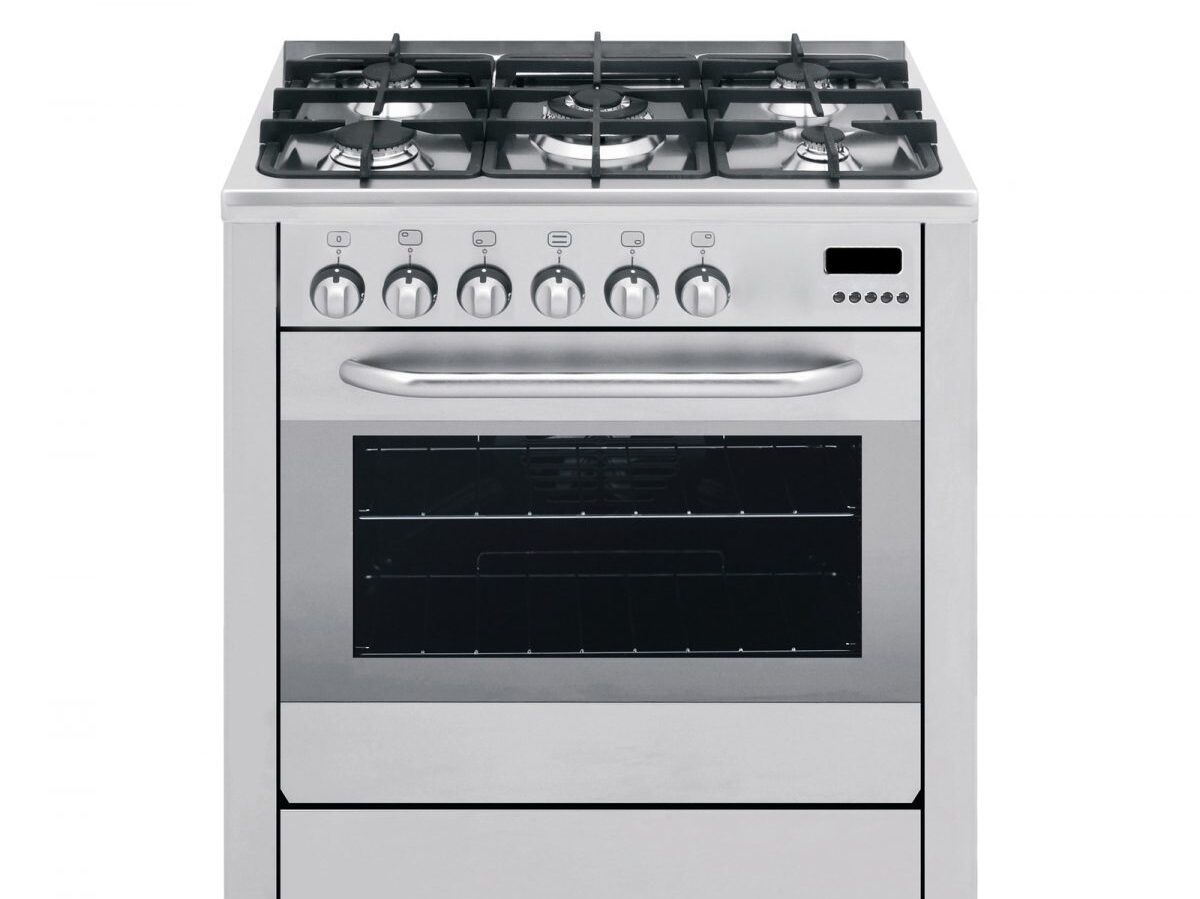While it’s generally well known that gas is cheaper to use to heat your home and cook the food, it does not mean you can use your gas oven to heat your property. A gas oven is extremely useful for cooking and grilling food. But there are practical reasons why you shouldn’t use them to heat the home. Many people don’t use them properly or maintain them.
Over the last decade, over 35% of all accidental carbon monoxide deaths in UK homes have been caused by gas appliances and of these 9% are from gas cookers alone.
Is It Safe to Use Your Oven to Heat Your Home?
In short, no it is not safe to use an oven to heat your home. The main reasons are that carbon monoxide build up can occur from an open oven as it is not a space heater. Gas ovens need air to function and take oxygen from the room. If windows are closed there is no safety cut off feature when oxygen is depleted.

Why it’s not safe to use an oven as a heater
Carbon monoxide detectors not used or maintained
Every death from carbon monoxide (CO) should be preventable. One of the reasons why people are still dying from it could be that CO alarms are still not mandatory everywhere in the UK for gas, but only in Scotland.
Those who do have carbon monoxide alarms installed need to regularly check and maintain them. Ideally, replace them every few years even if they’re working.
Gas cookers need access to direct air
One of the requirements in the UK when installing a gas cooker is to have at least an openable window or similar in the room, direct to the outside air. When you’re trying to heat the home up, the window will likely be shut so the fumes have nowhere to escape and circulate in the room.
If you’re sleeping at that time, the cooker is fighting with you for the available oxygen it needs to function. Your bodily functions will probably fail quicker than the parts of the cooker!
Insulated walls and loft space
With many homes in the UK now having cavity wall and loft insulation installed to stop heat escaping, this results in lower levels of air coming into the room which adds to the danger. Houses that have conservatories as an extension have the added danger of not allowing enough air to come in or combustion fumes going out.
Cookers take the air out of the room
Carbon monoxide is odourless, colourless and tasteless and with a cooker being a flueless appliance – which means it doesn’t have a purpose-designed flue or chimney to get rid of combustion products, all of it will go into the room.
No safety cut off feature
Using a cooker for heating a room is dangerous because you will likely be running it for much longer than normal and many don’t have any safety features built in, like oxygen level sensors to shut it down when oxygen in the atmosphere gets low.
Symptoms of CO poisoning
The symptoms of carbon monoxide poisoning include:
- A tension-type headache
- Dizziness
- Feeling and being sick
- Stomach pain
- Shortness of breath and difficulty breathing.
Why are flueless appliances allowed in the home if they are so dangerous?
Flueless appliances like cookers are allowed in the home because the usage pattern of the appliance is not regular and long lasting, rarely going over two hours at most. Unlike a boiler that can carry on running for the whole day in very cold weather.
It also doesn’t have a carbon monoxide detector built in to recognise dangerous levels. To heat the room up, you would be opening the oven door, so all the CO would be pushed into the room to potentially dangerous levels, especially over long periods.
For more information about gas hob and cooker safety, visit this page on Gas Safe Register’s website.
Conclusion
If for some reason your home heating system is not working, please don’t resort to turning the gas cooker on to heat up the place. It can be a dangerous appliance when not used for the intended purpose. If you do decide to use it though, and should you fall asleep, you may not wake back up!
